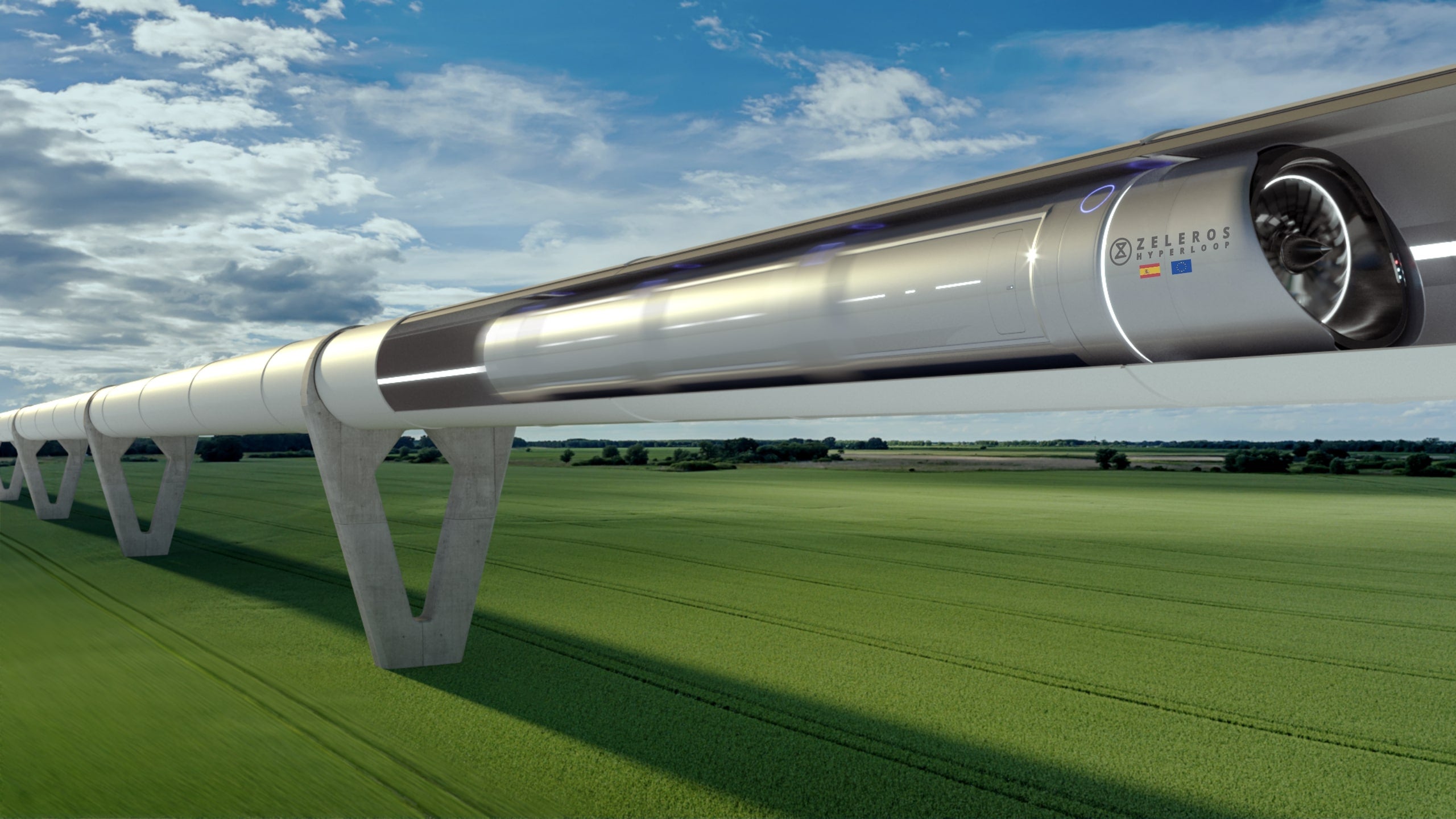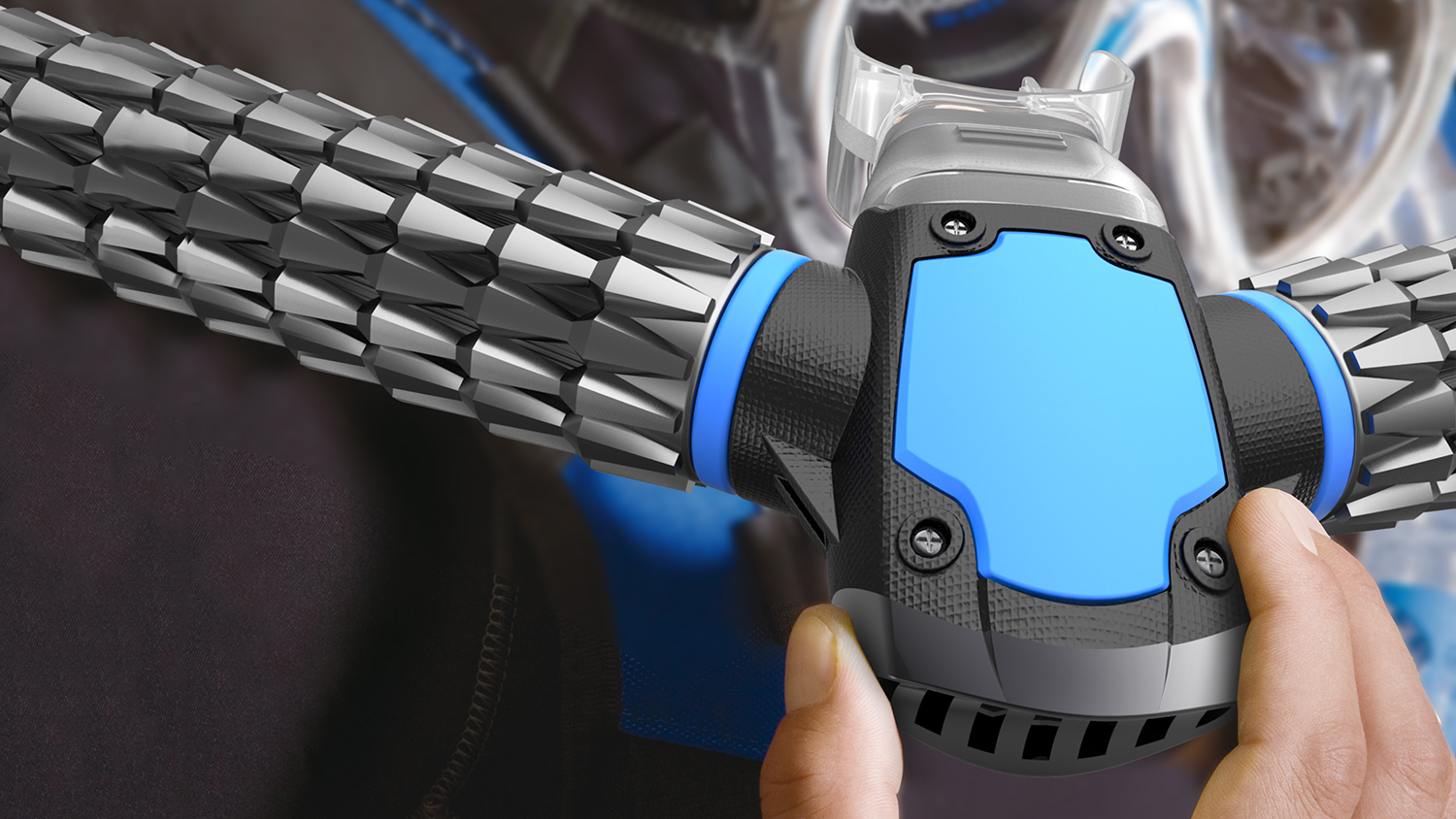Inventions that once seemed like a distant dream are now transforming our world in ways we never imagined. What if we could harness the power of the sun through transparent solar panels? Or grow human organs using 3D printing? From revolutionary medical solutions to sustainable environmental innovations, these groundbreaking inventions are pushing the boundaries of possibility.
Let’s dive into ten extraordinary creations that are reshaping our future.
1. Transparent Solar Panels

The Window to Energy Independence
Researchers at Michigan State University developed transparent solar panels for windows. These panels absorb ultraviolet and infrared light while allowing visible light through. Although they currently offer 5% efficiency, their potential could power skyscrapers and smartphones, with the technology possibly meeting 40% of U.S. energy needs.
2. 3D-Printed Organs

Custom-Made Replacement Parts for Humans
Bioprinting technology allows the creation of functional human tissues using 3D printers. Companies like Organovo have already printed liver, kidney, and heart tissues, and researchers are working on full organ printing. This innovation could address the global organ shortage crisis and is projected to reach a $3.5 billion market by 2025.
3. Hyperloop Transportation

The Fifth Mode of Transport
The Hyperloop concept envisions high-speed passenger pods traveling through vacuum tubes at over 700 mph. Companies like Virgin Hyperloop are testing the technology. With energy efficiency far superior to traditional rail, this system could reduce travel time dramatically, such as the 35-minute Los Angeles to San Francisco trip.
4. Artificial Gills

Breathing Underwater Without Tanks
Artificial gills, like the TRITON system, extract oxygen from water, allowing people to breathe underwater without bulky scuba gear. Inspired by fish, these gills could revolutionize diving, research, and military operations. While still in development, prototypes show promising potential for extended underwater stays without air tanks.
5. Self-Healing Materials

Products That Fix Themselves
Self-healing materials can repair themselves automatically. For example, self-healing concrete uses bacteria to seal cracks, while Samsung is working on phone screens that fix themselves. These materials could transform industries by reducing maintenance costs and extending the lifespan of products, including electronics and vehicles.
6. Brain-Computer Interfaces

Direct Communication Between Mind and Machine
Brain-computer interfaces (BCIs), developed by companies like Neuralink, allow direct communication between the brain and machines. Currently focused on medical applications like assisting paralyzed individuals, BCIs may one day enable enhanced learning, memory, and communication. This technology could revolutionize personal computing and medical treatments.
7. Carbon Capture Trees

Mechanical Forests Fighting Climate Change
Artificial “mechanical trees” can capture CO2 from the air up to 1,000 times more efficiently than natural trees. Arizona State University’s device captures one metric ton of CO2 daily, and scaling this technology could remove billions of tons of CO2 from the atmosphere, combating climate change significantly.
8. Lab-Grown Meat

Real Meat Without The Animals
Lab-grown meat is produced by cultivating animal cells in bioreactors, offering a cruelty-free alternative to traditional meat. This method could reduce greenhouse gas emissions by 96% and land use by 99%. With approval for sale in Singapore, the market for cultivated meat is expected to reach $25 billion by 2030.
9. Programmable Matter

Materials That Change Shape and Function
Programmable matter refers to materials that can change shape and function on command. This technology involves small, intelligent particles that reconfigure, offering applications in tools, medical devices, and furniture. Researchers at MIT and Carnegie Mellon are developing prototype systems, with widespread use possibly years away.
10. Wireless Electricity Transmission

Power Without Plugs
Wireless electricity transmission, pioneered by companies like WiTricity, transfers power over short distances without wires. Current systems, with 97% efficiency, already enable wireless charging pads for mobile devices and electric vehicles. Researchers are working to extend the range, with possibilities for power transmission up to 20 feet.
The Future Is Here Sooner Than Expected
These ground-breaking inventions show how quickly technology is developing. Even if there are still obstacles to overcome, they have enormous promise to address global concerns like healthcare, energy sustainability, and climate change. What is futuristic now might soon become commonplace as development progresses.
FAQs
Q: When will these inventions be available to the public?
A: Availability varies. Some, like wireless charging, are available now, while others, like 3D-printed organs, may take 5-10 years.
Q: Are these inventions affordable for consumers?
A: Many are still in development and expensive, but prices typically decrease as mass production scales up.
Q: How can I stay informed about these developments?
A: Follow reputable science publications, university newsletters, and patent databases for updates.
Q: Are there ethical concerns with these inventions?
A: Yes, especially with brain-computer interfaces and lab-grown meat. Ethical discussions and regulations are evolving.
Q: Can I invest in companies developing these technologies?
A: Yes, but thorough research is necessary as these markets can be highly speculative.






